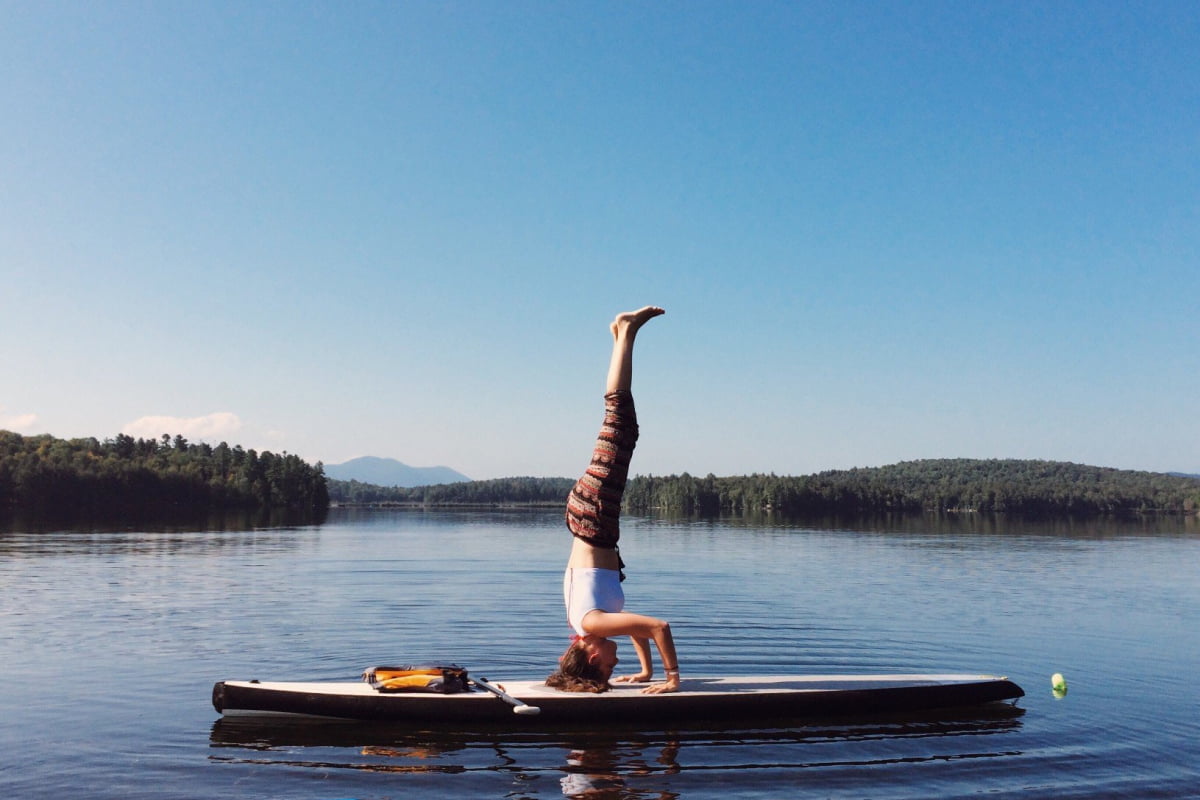Why Practice Yoga at Home?
- The confidence to push myself harder, knowing that I can recover faster.
- A better understanding of my body.
- The benefit to my how my hips feel is nothing short of miraculous.
- If I use the meditation videos before I go to sleep, I sleep a lot better.
- My back, arms and core are much stronger, helping my swimming, cycling and running.
- It’s always a surprise when what used to hurt, doesn’t anymore!
- I’m finding that I have fewer aches and pains after training and racing.
- My injuries are definitely fewer and farther between!
- My joints move better.
- Since starting yoga, I’ve dramatically reduced every run PB I track from 100m to marathon distance.
- Yoga starts my day in a good way—relaxed and focused.
Consistency
Nothing beats a daily yoga practice for fast-tracking your results. For some people, twice a day is the sweet spot but you’ll notice the difference if it’s not at least once. That doesn’t mean that you have to do 15 minutes every day. You could practice a breathing exercise or morning poses but I recommend that you spend some amount of time on your mat every single day, tuning into your body.
Timing
There’s no best practice when it comes to timing but it’s still something to think about carefully.
- When you’re establishing a daily habit, it’s easier if you keep the time consistent.
- Anchoring your practice to an existing daily habit, such as getting out of bed or straight after a workout, is also a great habit formation hack.
- As for the time of day, if you’re lucky enough to be super supple, the morning can be a great time to practice, when motivation and willpower are high. It’s also typically quieter and you get to start the day off on the right foot.
- If you’re less supple, you’ll see greater benefits if you practice later in the day, warm up first or schedule your session directly after your workout.
- If you practice in the evening, it can help to relax and unwind you from your day.
Some Common Obstacles to Practicing Yoga
If any of the following reasons have come into your mind, don’t worry. You’re in good company.
- You’re stiff as a board.
- Your mind is super busy.
- You’re nervous about doing it wrong and causing more harm than good.
- You don’t know where to start.
- The breathing is confusing.
- You don’t know what the poses will do for you.
- You don’t think you have time. (We all have 15 minutes!)
- You haven’t found a time of day that works for you.
- You haven’t noticed any benefits from the occasional, longer classes that you have attended.
Pro Tips
Practice sequences that you enjoy, as well as those that you benefit from physically and mentally. Don’t try to force the postures. Be prepared to adapt your plan if your chosen routine isn’t appropriate that day. Don’t be afraid of the meditations. Don’t feel guilty about taking 15 minutes to yourself. Find a time that works for you. If you need to, start small with breathing exercises and individual poses and build it up from there. Take on a challenge and track your sessions. If you miss a day, don’t beat yourself up.
We share this article with permission. This article originally appeared on Yoga 15’s blog.











